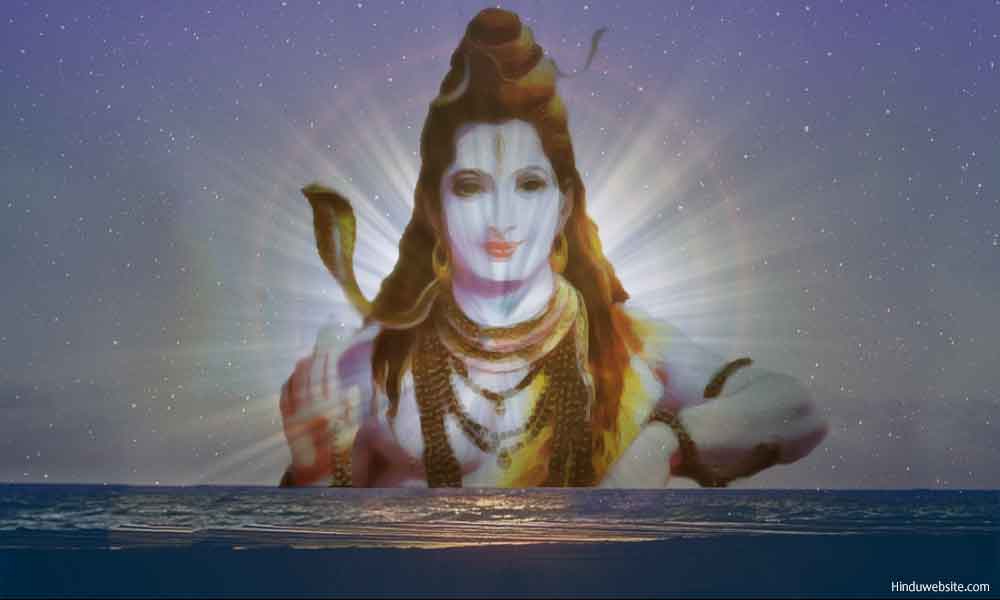
The Kaushitaki Upanishad

Introduction
Kausitaki Upanishad, Chapter One || Chapter Two || Chapter Three || Chapter Four
Kausitaki Upanishad, also spelled as Kaushitaki Upanishad, and also known as Kausitaki-Brahmana-Upanishad, forms part of the Kausitaki Aranyaka of the Rigveda from chapters three to six, which is again part of the 30 chapters of the Kausitaki Brahmana included in the Veda. The Upanishad contains the names of some of the most prominent seers of the early Vedic period, namely, Uddalaka Aruni, Svetaketu, Ajatasatru and Balaki.
Although in its current form only four chapters are available, Max Mueller stated that Professor Cowell discovered another five chapters appended to the Upanishad explaining some aspects of the Aitereya Aranyaka. He also stated that various other recensions of the Upanishad were available. Here, we have followed the same version followed by Max Mueller, S. Radhakrishnan and others. The text which is presented here was probably not the original, in the sense that overtime it underwent many changes, and re-renditions and probably lost its originality.
However, in my opinion it is the most current and up to date. Being one of the earliest Upanishads, forming part of the Rigveda, the Kausitaki Upanishad is also important from a historical perspective, because in this it is Brahma, neither Vishnu nor Siva, who is depicted as the supreme deity, whose world is water, who rules the immortal heaven and who receives the liberated souls into the highest heaven. He also decides before birth and after the death whether an individual should go to the ancestral world or the immortal heaven.
The following is a complete translation of the Kausitaki Upanishad from Sanskrit by Jayaram V. It forms part of the Selected Upanishads, containing translations of 14 Upanishads by the same author. You may purchase the book from here.
Kausitaki Upanishad, Chapter One || Chapter Two || Chapter Three || Chapter Four
Suggestions for Further Reading
- The Samkhya Philosophy and 24 Principles of Creation
- The Bhagavadgita On The Problem Of Sorrow
- The Concept of Atman or Eternal Soul in Hinduism
- The Practice of Atma Yoga Or The Yoga Of Self
- The Problem of Maya Or Illusion and How To Deal With It
- Belief In Atman, The Eternal Soul Or The Inner Self
- Brahman, The Highest God Of Hinduism
- The Bhagavad Gita Original Translations
- The Bhagavadgita, Philosophy and Concepts
- Bhakti yoga or the Yoga of Devotion
- Hinduism And The Evolution of Life And Consciousness
- Why to Study the Bhagavadgita Parts 1 to 4
- The Triple Gunas, Sattva, Rajas and Tamas
- The Practice of Tantra and Tantric Ritual in Hinduism and Buddhism
- The Tradition Of Gurus and Gurukulas in Hinduism
- Origin, Definition and Introduction to Hinduism
- Hinduism, Way of Life, Beliefs and Practices
- A Summary of the Bhagavadgita
- Avatar, the Reincarnation of God Upon Earth
- The Bhagavadgita on Karma, the Law of Actions
- The Mandukya Upanishad
- The Bhagavadgita On The Mind And Its Control
- Symbolic Significance of Numbers in Hinduism
- The Belief of Reincarnation of Soul in Hinduism
- The True Meaning Of Renunciation According To Hinduism
- The Symbolic Significance of Puja Or Worship In Hinduism
- Introduction to the Upanishads of Hinduism
- Origin, Principles, Practice and Types of Yoga
- Hinduism and the Belief in one God
- Essays On Dharma
- Esoteric Mystic Hinduism
- Introduction to Hinduism
- Hindu Way of Life
- Essays On Karma
- Hindu Rites and Rituals
- The Origin of The Sanskrit Language
- Symbolism in Hinduism
- Essays on The Upanishads
- Concepts of Hinduism
- Essays on Atman
- Hindu Festivals
- Spiritual Practice
- Right Living
- Yoga of Sorrow
- Happiness
- Mental Health
- Concepts of Buddhism
- General Essays
Attribution: Reproduced with permission from the Selected Upanishads, A Collection of 14 Upanishads with Devanagari Script, Translation and Notes, Editor and Translation: Jayaram V, Published by PurelifeVision Books, USA, 2013.